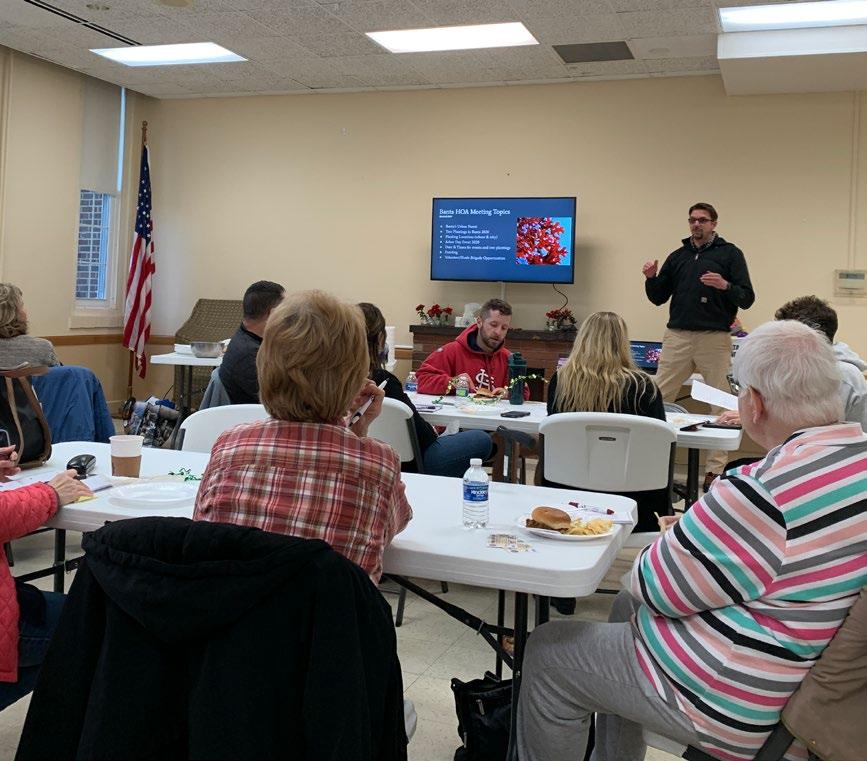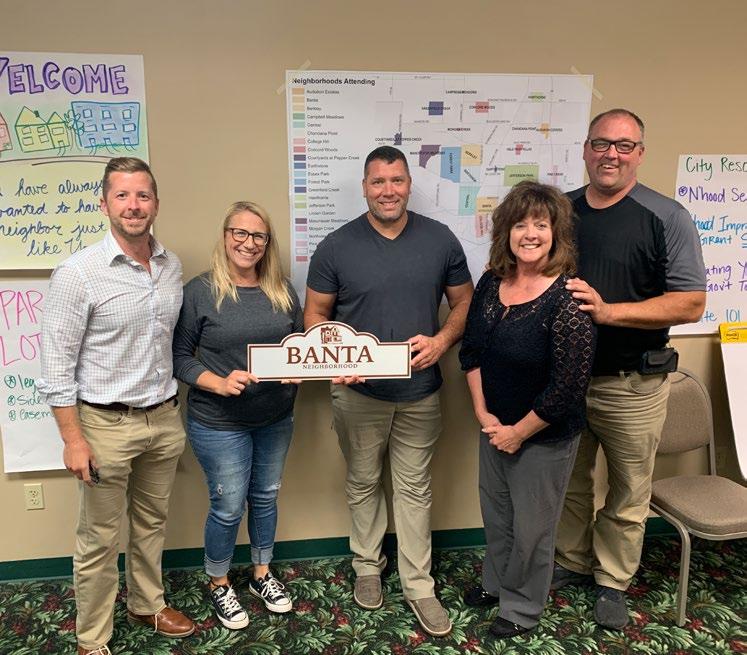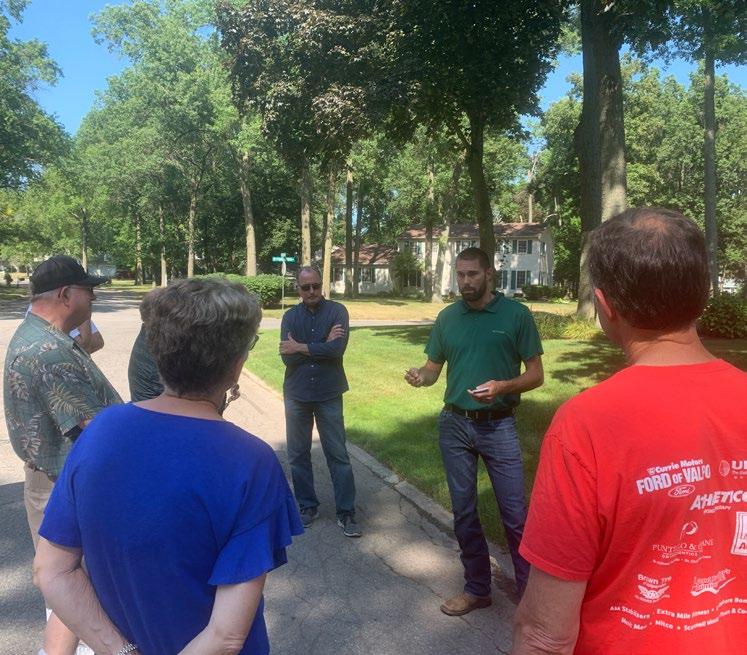
2 minute read
Running an Effective Neighborhood Meeting

Regular meetings are important to keep members informed and to discuss neighborhood goals and concerns. Here are some key things to keep in mind to make your meetings as effective as possible. • Publicize the event about three weeks in advance and try to schedule for a repeated date (i.e. 2nd Tuesday of every month) and communicate the meeting through flyers, social media or other ways that your neighbors communicate.
Advertisement
• Make an agenda and stick to it. Have copies of the agenda available when members arrive so they can familiarize themselves with the topics and structure while waiting to begin. Encourage participants to speak their minds freely but stay on schedule.
• Sometimes a regular meeting will be scheduled without pressing issues to discuss. Don’t cancel! It is important for groups to have consistent contact. This is an opportunity to bring in a guest speaker, have a neighborhood roundtable discussion, organize a neighborhood tour or have a potluck. Get creative!
• Choose a central location that is familiar to the neighbors. Try to estimate the number of attendees so you can choose a space that is comfortable but not so big that people feel lost. Keep in mind venues like your neighborhood park, the local library (free!) and nearby businesses and organizations.
• The space should be arranged to encourage participation. Avoid having all the chairs face the speaker and go for a more engaging set up by placing chairs in a semi- or full circle.
• Meetings should be orderly, democratic and efficient. Your association should set some ground rules, so meetings run smoothly. These could be included in the bylaws, so all members are aware of them, such as one person speaks at a time and avoid all derogatory remarks. Many groups choose to use Robert’s Rules of Order but use whatever method works best for your group. Remember that after the meeting you’ll want to communicate clearly with your neighbors, so they know what happened and who’s involved. Take formal minutes or even notes to share with others and keep a record of decisions and plans.

• Make everyone feel welcome and keep the meeting upbeat. Encourage everyone to fill out and wear nametags.
• Offering cookies, coffee or other snacks is a friendly way to have a more enjoyable meeting. Neighbors can take turns bringing in goodies, or if your budget allows, consider setting aside $10 per meeting for refreshments.
• It isn’t always necessary to gather the full group for minor decisions. In these cases, the executive committee or board is better. A scheduled, monthly board meeting is a great way to address these types of issues.












